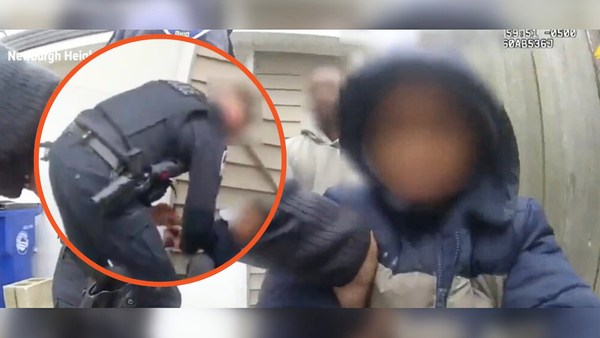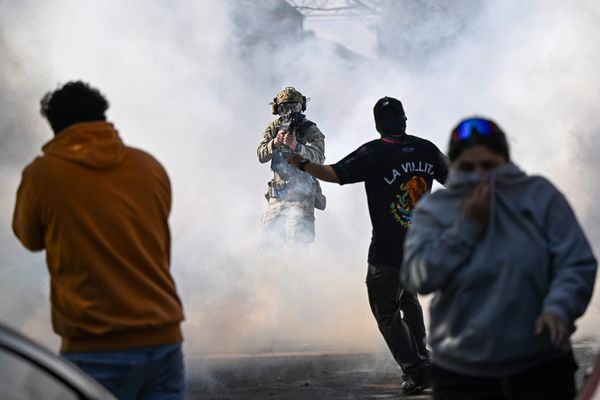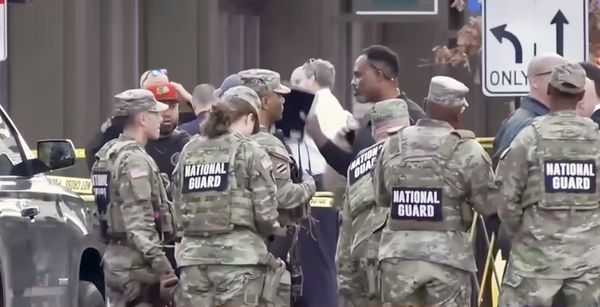FORT LAUDERDALE, Fla. — You can call them the history patrol troop, these sharp-eyed museum curators.
They show up to South Florida’s historic events and obtain items, most recently collecting signs and other objects from the Donald Trump supporters and protesters who converged in downtown Miami.
These workers with the HistoryMiami Museum set forth on Tuesday amid the Trump crowd, aware it was a historic day for a former president to be arraigned in federal court on criminal charges. They approached demonstrators and asked if they’d want to donate their signs and apparel that embody the event. Some items collected were “lock him up” signs and “Blacks for Trump” shirts.
“When major events are happening in our community, we’re out here on the front lines collecting items that are very representative of the present moment,” said Michele Reese Granger, the marketing and communications director at the museum.
Because many were still in the process of using these items, the history scouts left their card in case those in the crowd wanted to donate their items later.
From Tuesday’s protests, the museum was able to acquire the “LiBERTAD” cap worn by a man donning a real severed pig head on a stick. He offered to donate the pig head too, but the museum declined. Other items were those expressing support for the former president, including an “I stand with Trump” sign and a “Blacks for Trump” T-shirt.
These artifacts join the 30,000 other items in the museum’s collection, not counting the millions of archived photos and newspaper records.
Michael Knoll, the vice president of strategic initiatives and senior curator, isn’t shy to leave his office and actively document history in the field. He was there for the Trump arraignment, convincing people to donate their pieces of Miami’s story.
“Some people find the item too meaningful at that moment and want to keep it,” he said. “But most people understand what we’re doing and the historical significance of their items.”
Some have even donated their belongings years after being contacted, Knoll said.
The museum’s team on the field, or “rapid response collectors,” have had people on the ground for various chapters of Miami’s history, including the Black Lives Matter protests and early days of the COVID-19 pandemic in 2020. They were there when the Surfside condominium collapsed in 2021, collecting items such as family photographs and children’s toys.
“We have to think, ‘How is someone 100 years from now going to tell this story?’ and we prepare for that,” Knoll said. But because history tends to come with nuance and constantly evolves, capturing the various perspectives of the moment is key, Knoll said.
For example, in their exhibit for 2020, they gathered “Black Lives Matter” signs, political masks, COVID-19 warning posters, vaccine vials, and campaign ads for various candidates.
As of now, the items, now artifacts, are not destined for any specific gallery or exhibition, but 25 years later may play a part in telling the tale of 2023.
“As long as we’re telling the story of Miami, these things don’t necessarily have to be that old,” Knoll said.
And as that story develops, items from Trump’s arraignment now sit in the bowels of the Miami History Museum alongside artifacts from the first humans in Florida.







